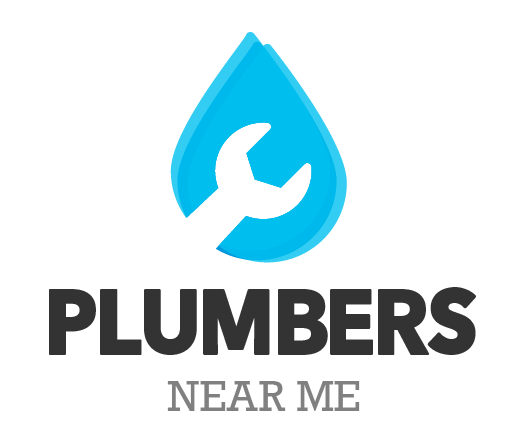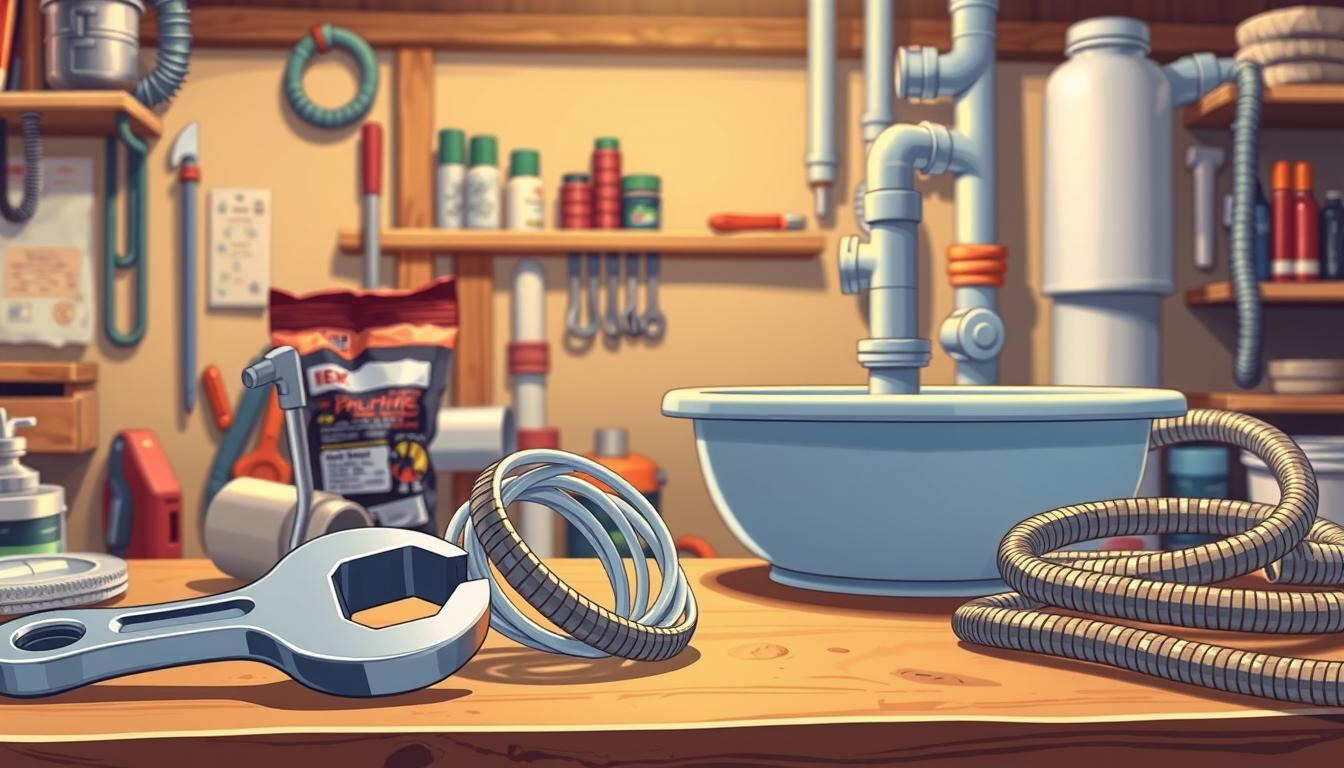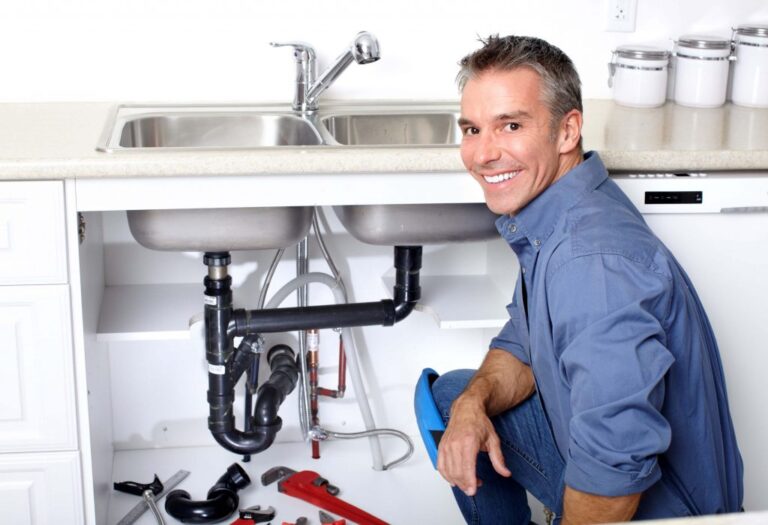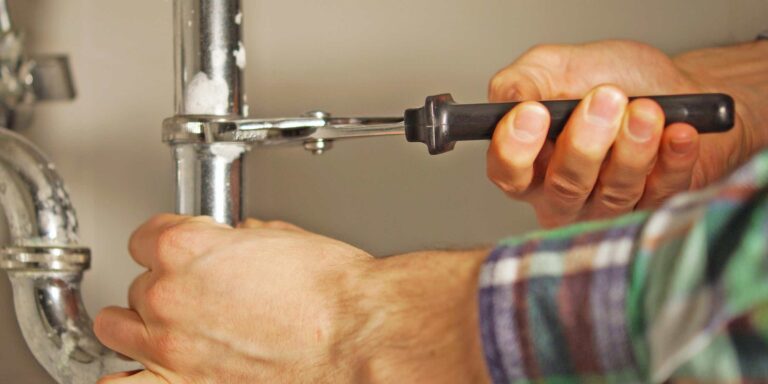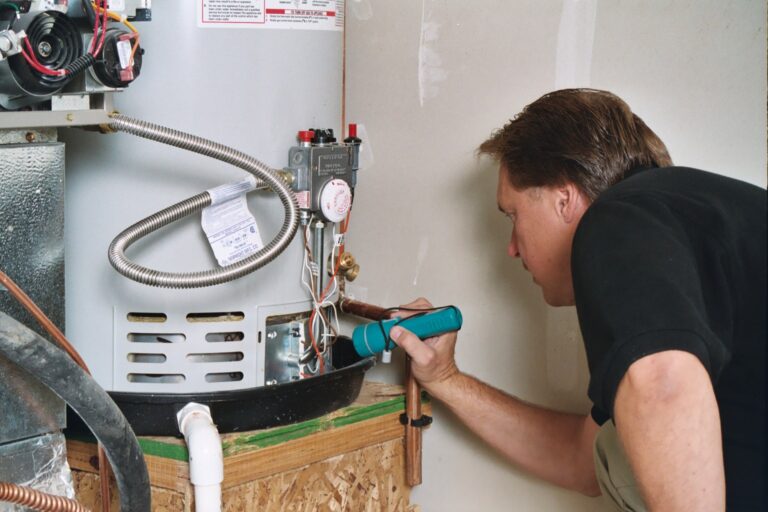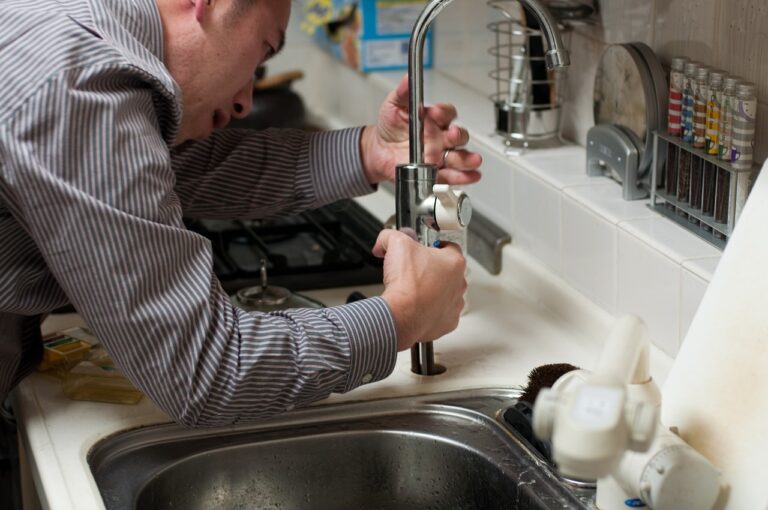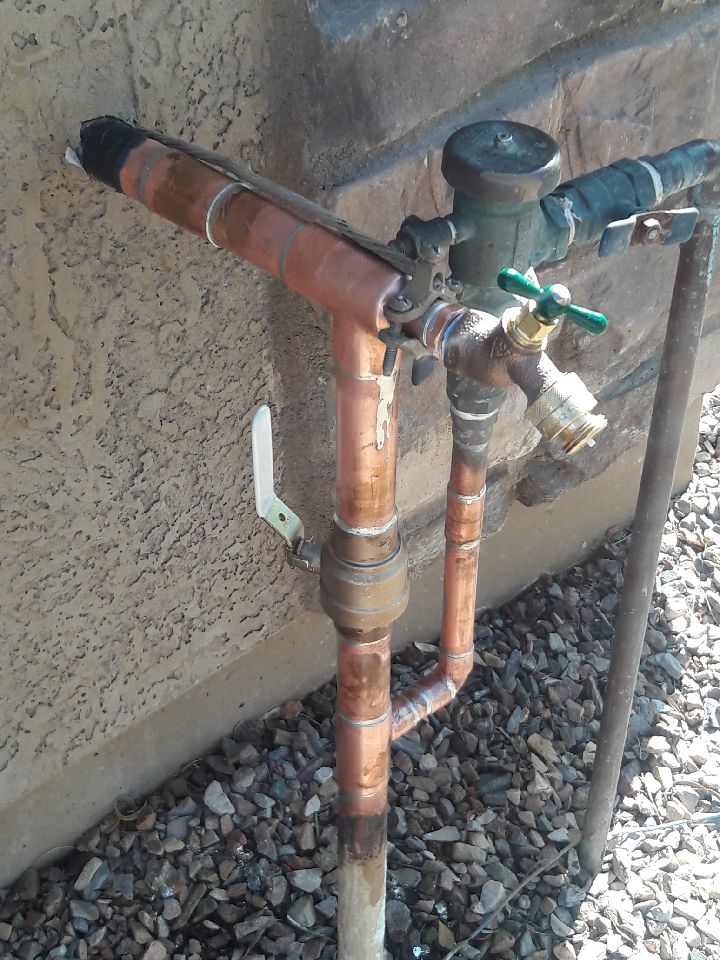DIY Drain Snake Guide
Dealing with stubborn sink or toilet clogs can be frustrating for homeowners in Atlanta. Luckily, learning to use a drain snake can change the game. This tool is more effective than a plunger but easier to use than professional equipment.
This DIY guide will show you how to use a drain snake for tough clogs. By following these steps, you’ll learn to handle common plumbing problems yourself. This will save you time and money.
With a few simple tools and some basic knowledge, you can unclog your sink or toilet quickly. Let’s get started!
What Is a Drain Snake and How Does It Work?
A drain snake is a handy tool for clearing blockages in drains. It’s great for both plumbing tool for beginners and seasoned homeowners. Also known as a plumber’s snake or drain auger, it’s essential.
This tool has a long, flexible metal cable with an auger at one end and a crank handle at the other. Its flexibility helps it move through pipes easily, making it key for fixing clogs.
Definition of a Drain Snake
A drain snake is a tool for removing blockages from drains. It has a long, flexible cable that fits into a drain pipe. The cable is coated to resist corrosion, ensuring it lasts a long time.
Types of Drain Snakes
Drain snakes vary in length and type to meet different needs. Homeowners often use ones up to 50 feet long. You can choose between manual and electric drain snakes, with manual being better for DIY tasks. The choice depends on the clog and your preference.
How a Drain Snake Cleans Drains
To use a drain snake, insert the cable into the drain and turn the crank handle. This feeds the cable deeper into the pipe. The auger at the end breaks up or pulls out the clog, letting water flow again. It’s important to understand how to maneuver the snake and apply the right pressure.
For the best results with your drain snake, follow these drain snake tips: feed the cable slowly and carefully to avoid pipe damage. Also, make sure to clean and store the snake properly after use.
When to Use a Drain Snake
If your sink is slow-draining or completely blocked, a drain snake might be the solution. It’s a great tool for tackling clogs that plungers or chemical cleaners can’t handle.
Common Signs of a Clogged Drain
It’s important to know when your drain is clogged. This way, you can fix it before it gets worse. Look out for these signs:
- Slow drainage: Water takes longer than usual to drain.
- Unpleasant odors: Bad smells from your drains mean there’s debris buildup.
- Gurgling sounds: Strange noises from your drains mean air is trapped in the pipes.
- Backups: Water backing up into your sink, shower, or tub means a severe clog.
Using a drain snake can clear these clogs, mainly when they’re caused by soft blockages like hair or soap scum.

Situations Better Suited for Professionals
While a drain snake is handy for many clogs, there are times when you should call a professional plumber. This includes:
- Persistent clogs: Clogs that keep coming back, even after you try to clear them.
- Deep clogs: Blockages far down the drain line, beyond what a standard snake can reach.
- Main line clogs: Clogs in the main sewer line, which need special equipment to clear.
In these situations, professionals have the best drain snake techniques and tools. They can fix the problem without harming your pipes.
Tools You’ll Need for Drain Snaking
Drain snaking needs specific tools for a job well done and safely. Whether it’s a clogged sink, shower, or tub, the right tools are key for cleaning drains effectively.
Essential Drain Snake Equipment
To snake a drain, you’ll need a few essential pieces of equipment.
- A drain snake is the primary tool for clearing clogs.
- A bowl or shallow bucket is necessary for catching any water that might spill out when you remove the clog.
- Rags and old towels are handy for cleaning up spills and wiping down surfaces.
For tubs and showers, you may also need a plug wrench to remove the drain cover.
| Equipment | Purpose |
|---|---|
| Drain Snake | Clearing clogs |
| Bowl or Shallow Bucket | Catching spilled water |
| Rags and Old Towels | Cleaning up spills |
| Plug Wrench | Removing drain cover (for tubs and showers) |
Safety Gear to Consider
Safety should be your top priority when snaking a drain.
- Gloves can protect your hands from harsh chemicals and sharp edges.
- Safety glasses can prevent eye injuries from splashing water or debris.
By following these DIY plumbing tips and using the right home plumbing solutions, you can effectively clear clogs and maintain your drains.
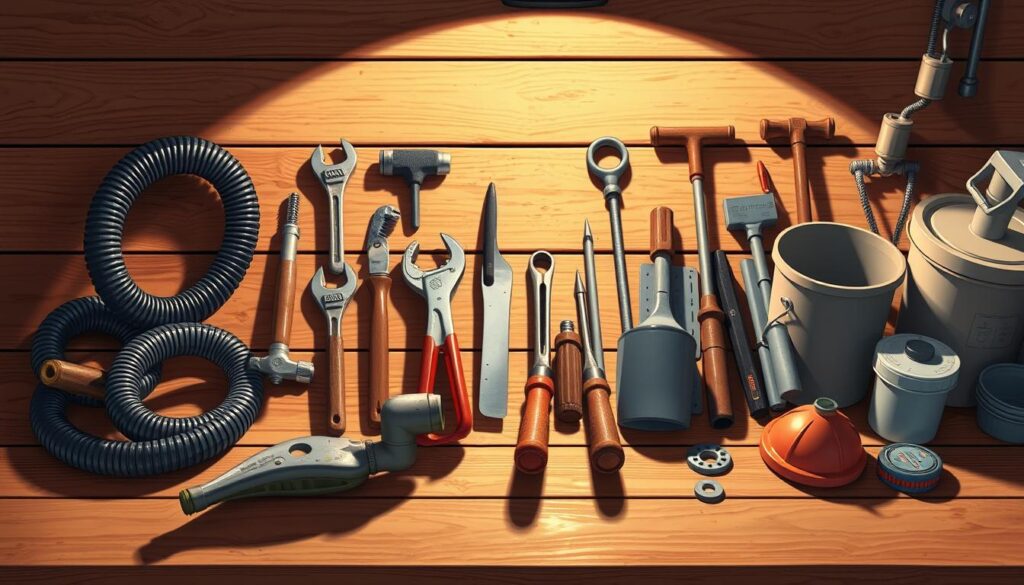
Step-by-Step Guide to Using a Drain Snake
Using a drain snake is easy and effective for clearing clogs. This guide will help you learn how to do it confidently.
Preparing the Area
First, prepare the area around the clogged drain. Clear any visible blockages from the sink or drain opening. If your sink has a P-trap, you might need to remove it to get to the clog. Have a bucket ready to catch any water spills.
Inserting the Snake
Now, insert the drain snake into the pipe. Push the cable in until you feel resistance, which means you’ve hit the clog. The type of snake you use will guide how you proceed. For manual snakes, rotate the handle as you push.
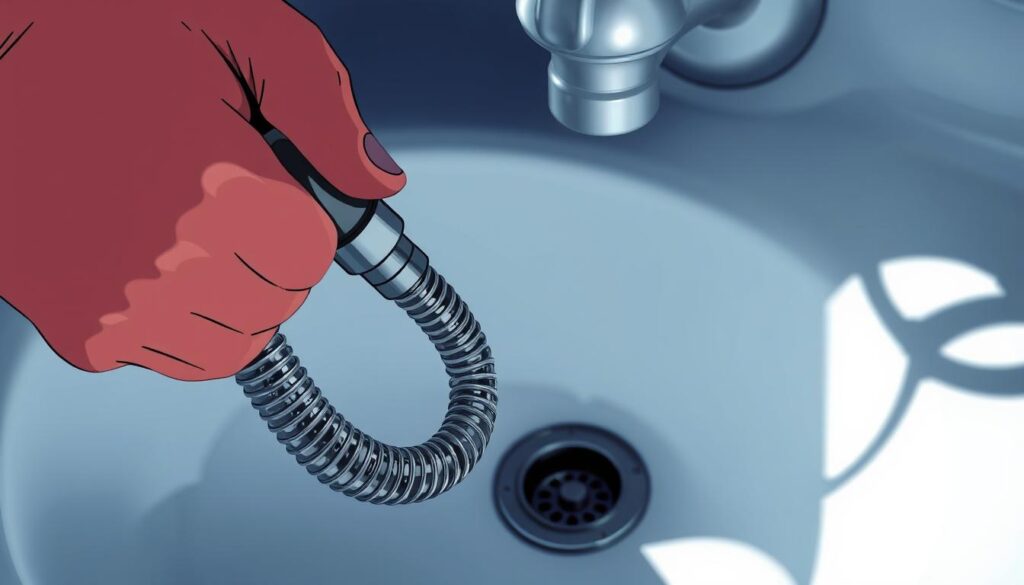
Removing the Clog
Once you’ve engaged the clog with the snake, start rotating the handle to break it up. This might take some effort, but it’s worth it. After breaking up the clog, slowly pull out the snake, taking the clog with it. Check what you remove to understand the clog’s nature.
- Check if the water drains freely after removing the clog.
- Run hot water through the drain to ensure it’s clear.
- Consider using a drain cleaner or baking soda and vinegar to prevent future clogs.
By following these steps, you can effectively use a drain snake to unclog your drains. Remember, practice makes perfect, and it might take a few attempts to get the hang of it.
Tips for Effective Drain Snaking
Effective drain snaking needs the right techniques and some know-how. Whether it’s a simple hair clog or a tough blockage, knowing how to use your drain snake is key.
Techniques for Different Types of Clogs
Different clogs need different approaches. For example, hair and soap scum clogs can be cleared with a gentle snaking motion. But, grease or debris clogs might need a firm and deliberate technique.
Also, adjust your technique based on the clog’s location. Clogs further down the drain line might need a longer, more flexible drain snake.
Choosing the right type of drain snake is also vital. There are manual, electric, and drill-powered models, each for different clogs and user needs.
Avoiding Damage to Pipes
One key drain snake tip is to avoid using too much force. This is very important for older or fragile pipes. Instead, use a gentle, consistent motion to guide the drain snake through the pipe. Apply more pressure when you hit resistance.
Regularly check your drain snake for wear and keep it in good shape. By following these best drain snake techniques, you can clear clogs without harming your pipes.
Maintenance of Your Drain Snake
Keeping your drain snake in good shape is key for it to work well over time. After each use, it needs care to stay effective for future blockages.
One important part of caring for your drain snake is cleaning it well. Debris, hair, and other stuff can stick to the cable. This can cause bacteria and rust if not cleaned. To clean your drain snake, first remove any visible dirt from the cable.
Cleaning Your Drain Snake
Next, wash the cable with warm, soapy water. Use a soft-bristled brush to get rid of tough dirt. Then, rinse it well to get rid of soap. Dry it with a towel. This keeps the snake from rusting and keeps it flexible.
Storing Your Drain Snake Properly
After cleaning and drying your drain snake, it’s time to store it right. Coil the cable to avoid kinks or tangles. These can harm the snake over time. Keep the coiled snake in a dry spot, away from sunlight and moisture. This will make your tool last longer and be ready for the next time you need it.
By following these easy steps, you can keep your drain snake in top shape. It’s a great DIY plumbing tip that will last for many years. For beginners, a good quality drain snake and proper care are essential. They can save you time and money.
Common Mistakes to Avoid
Many homeowners face problems when using a drain snake. Knowing the common mistakes can greatly improve your chances of unclogging drains well. It’s important to avoid pitfalls that can cause more harm than good.
Overly Aggressive Snaking
Being too aggressive with the drain snake is a big mistake. It can damage your pipes. Forcing the snake can scratch or even break your pipes, which is expensive to fix. It’s better to use gentle, consistent pressure to move through the clog.
A table summarizing the risks and consequences of overly aggressive snaking is provided below:
| Action | Risk | Consequence |
|---|---|---|
| Forcing the snake | Pipe damage | Costly water pipe repairs |
| Applying gentle pressure | Minimal risk | Effective unclogging |
Ignoring Safety Precautions
Ignoring safety precautions is another big mistake. Not wearing protective gloves and eyewear can expose you to harmful bacteria and sharp edges. Always take the necessary safety steps to protect yourself.
By avoiding these common mistakes, homeowners can have a safer and more effective experience with home plumbing solutions.
Signs Your Clog Needs Professional Help
If you’re having trouble with a clog, it might be time to call in the experts. While a DIY guide can help with small clogs, bigger problems need more than just a snake.
Persistent Drainage Issues
Used a drain snake but the clog won’t go away? That’s a sign of a bigger problem. Persistent drainage issues can be caused by many things, like tree roots, grease, or even a broken pipe.
Professional plumbers have the specialized equipment and skills to find and fix these problems. They use tools like video cameras to see what’s really going on.
| Signs of Persistent Issues | Possible Causes | Professional Solution |
|---|---|---|
| Recurring clogs | Grease or debris buildup | Thorough cleaning and possibly relining the pipe |
| Slow draining | Partial blockage or pipe damage | Inspection and repair or replacement of damaged sections |
| Unusual noises | Collapsed or damaged pipes | Replacement of the affected pipe sections |
Multiple Clogged Drains
Having multiple drains clogged at once is a big problem. It usually means there’s a serious issue in your plumbing system. This could be a blockage further down or a problem with the main sewer line.
A professional plumber can find the source of the problem and fix it. They might use hydro-jetting to clear out blockages and get your drains working again.
Knowing when to get professional help can save you a lot of trouble. If you’re not sure what to do, it’s always best to talk to a pro.
Conclusion: Mastering Drain Snaking
Learning to use a drain snake is a great skill for homeowners. It helps them clear clogs and keep their plumbing systems working well. This DIY guide teaches you how to use a drain snake effectively.
Key Takeaways
To use a drain snake well, you need to know when and how to use it. You also need to know how to prepare the area and remove different types of clogs. Avoiding common mistakes and keeping your drain snake in good shape is key to a well-functioning plumbing system.
Practicing DIY Drain Maintenance
With practice, you can become good at using a drain snake. This saves you time and money on plumbing repairs. Adding these techniques to your home maintenance routine makes plumbing easier and less stressful.
